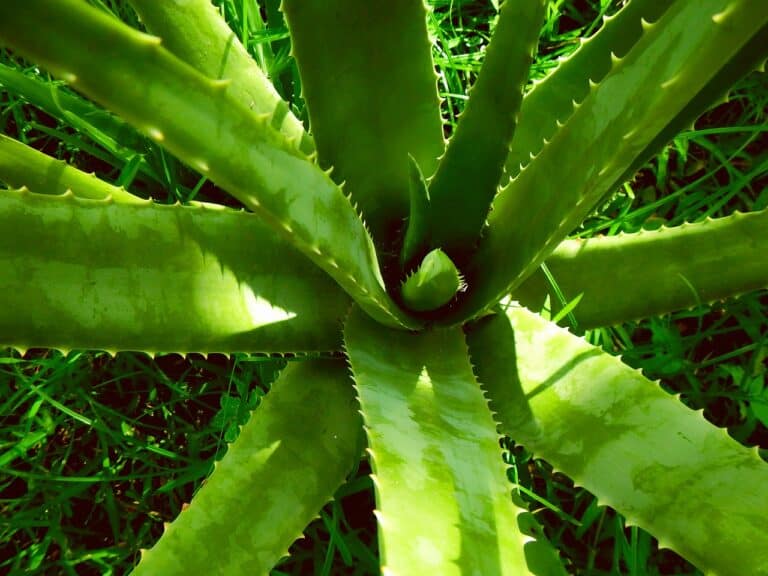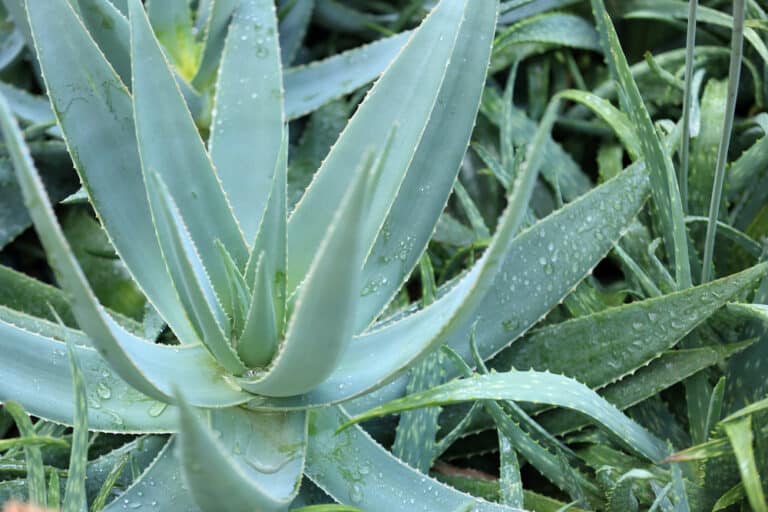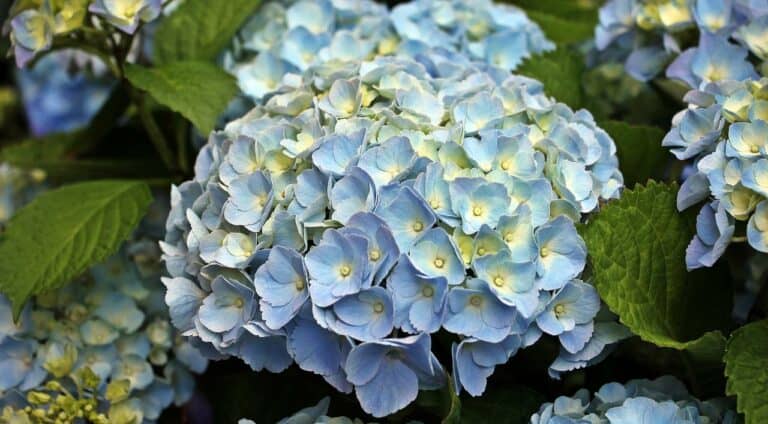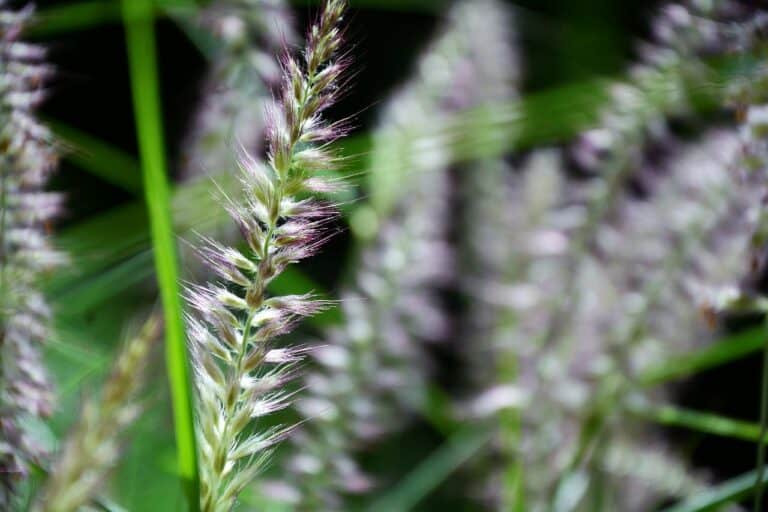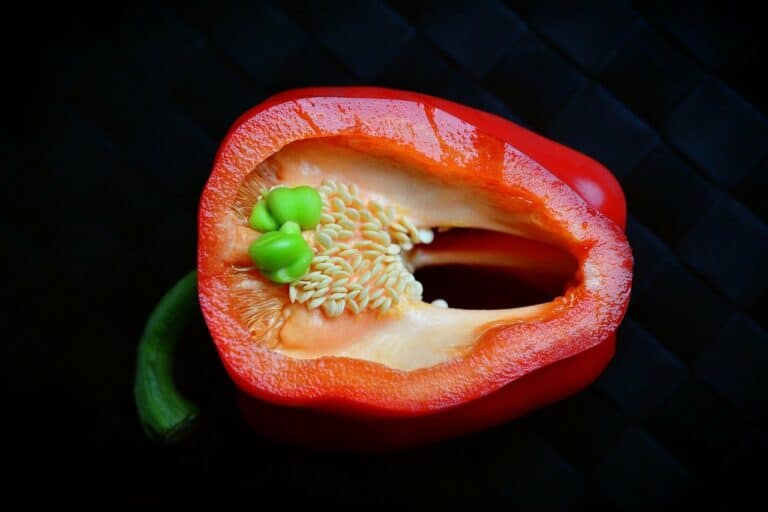Ginger Root
Ginger Root that culinarian delight is probably one of the best-known flavorings in the world. From biscuits to beer, from chocolate to salad dressings.
Interestingly, ginger doesn’t exist in the wild anymore but has been cultivated for over 5000 years. In Southeast Asia, ginger was taken over the Pacific region with the Austronesians. They expanded their horizons from Taiwan to Madagascar to the Philippines, Hawaii, Australia, and New Zealand.
Growing ginger is known for its spicy flavor, which can be found in the essential part. Its rhizome can be used fresh, dried, ground, or preserved in vinegar
This spice originated from North Africa. It was one of the most popular spices during the Middle Ages and a staple of Asian cuisines today.
Edible or Culinary Ginger
Ginger is probably one of the best-known flavorings in the world. From biscuits to beer, from chocolate to salad dressings, the humble ginger root has been used for centuries in both food flavoring remedies.
It is used extensively to add a sweet and spicy warmth to food and drink. Zingiber officinale belongs to the same plant family as those other spices synonymous with South Asian cuisine, turmeric, cardamom, and galangal.
In addition to dried stems, fresh stems are also used in many dishes throughout Asia. The ginger spice can add a spicy kick to fruit salads, teas, dishes such as curries and jams, and baked goods such as gingerbread, gingersnaps, and other popular spicy desserts among the general public.
It does not only have a culinary value but also has medicinal value, as it is used to treat a number of ailments. Unfortunately, some medications interact with it, this includes the anticoagulant drug warfarin as well.
Unlike many of the other nearly 1,300 species in the family, the majority of the plants in the genus are primarily grown as ornamentals.
It is not related to the wild gingers of the northern hemisphere (Asarum spp.), whose roots have similar aromatic properties. Still, it should not be consumed as they contain aristolochic acid, a compound associated with permanent kidney damage.
Ginger was significant in their religious observations used in healing rituals and protection against spirits. It was also used to bless their boats, then carried along as boat plants.
One of their contact points was Sri Lanka and the south of India, so this is how ginger was introduced to India, where it was embraced wholeheartedly. As a result, India is still the foremost producer of ginger globally, with around a third of the global market.
Ginger came to Europe via the Spice Road and the maritime trade routes around 2000 years ago. It was classed as a luxury good and taxed by the Romans accordingly.
It eventually spread into the rest of Europe from the Mediterranean, becoming popular in the Middle Ages. Elizabeth I, the Queen of England, is credited with inventing the gingerbread man.
Ginger is a perennial plant with leafy stems growing to around 4ft in warm climates. This part of the plant is used, which is the rhizome, which is gathered once the leaves have withered.
The rhizome can be used fresh, dried, powdered, juice, or essential oil obtained by distillation. In the West, we know ginger as primarily a digestive aid, but in fact, this versatile spice can do much more than that, as we shall see.
Ginger is mentioned in ancient Chinese and Ayurvedic medicine, which extolled the benefits of this warming and savory spice. It was valued as a tonic to the digestive system, and it was recommended to take some fresh ginger before meals to awaken the taste buds and stimulate salivary secretions.
Additionally, it has a long history of use as a treatment for coughs and colds, and it has a wonderful warming effect on the whole body as well.
Ginger oil is extracted from the rhizome by the process of steam distillation. This is a pale yellow or amber-colored liquid with a warm odor and taste, fresh green, woody-spicy scent. Like other oils, ginger can be used in a variety of ways.



